PRONOUNS
Pronouns are words used in place of a noun or a group of nouns. In dialogues, we use pronouns as substitutes, permitting us to avoid repetition…
Eg: You; they; him, this; those; yourself…
That’s what we can call a pronoun; so next, let’s discover the various type of pronouns we can have in English.
- Personal pronouns.
They are used to refer to persons. In a conversation, personal pronouns are used to replace the person speaking, the one spoken to or another person, spoken about. Personal pronouns are the ones used in conjugation. They are numerally six: I; You; He/She/It; We; They.
Eg: Students are leaving. →They are leaving
Kofi is building a new house.→ He is building a new house.
- Possessive pronouns.
Possessive pronouns are used to refer to possession and owns. They are derived from personal pronouns. We have two different types of possessive: possessive determiners or articles and possessive pronouns.
What is then the difference between possessive determiners or articles and possessive pronouns?
A possessive article, like any other article, is placed before a noun while a possessive pronoun replaces the noun itself.
| Personal pronouns | Possessive articles | Possessive determiners |
| I | My | Mine |
| You | Your | Yours |
| He/she/it | His/her/it | His/hers/its |
| We | Our | Ours |
| They | Their | Theirs |
Eg: This book is for me.→ This book is my book. →This book is mine.
The doll is for Aku and me.→ The doll is our doll. → The doll is ours.
- Reflexive pronouns.
A reflexive pronoun is a pronoun used to emphasize an action one has done on his own. Reflexive pronouns are formed by adding the suffix self or selves (plural form) to possessive articles.
| Possessive articles | Reflexive pronouns |
| My | Myself |
| Your | Yourself |
| His/her/it | Himself/herself/itself |
| Our | Ourselves |
| Your | Yourselves |
| Their | Themselves |
Eg: Koku has done the homework himself. (without any help).
Dad and mum were going to market themselves.
- Demonstrative pronouns.
As their name indicates it, demonstrative pronouns serve to point out a person, a thing, or material someone is referring to. Demonstrative pronouns are of two kinds: personal demonstrative, which are derived from personal pronouns, and neutral demonstrative ones.
| Personal pronouns | Personal demonstratives |
| I | Me |
| You | You |
| He/she/it | Him/her/it |
| We | Us |
| They | Them |
| Neutral demonstratives | ||
| Singular | This | That |
| Plural | These | Those |
Eg: We gave a gift to Peter on his birthday. We gave him a gift on his birthday.
Mum sends my sister and me to our neighbor’s yard. Mum sends us to our neighbor’s yard.
This house is my uncle’s residence.
Those cars were the ones sold by my father last year.
Thank you for reading this lecture… Now, here is an exercise for you. Try and send it to us in the comments…
Exercise.
I – Fill the blanks by using the appropriate word in brackets.
A- Personals pronouns
- Kofi and his grandfather were going to the farm this morning.
- … were going to farm this morning. (he; you; they)
B-Personals demonstratives
- The principal was calling Afi and the other students.
- The principal was calling…(they; them; their)
II – Rewrite these sentences using the correct word and deleting the words in bold.
A-
- Mr. John has elaborated the project with nobody’s help.
- Mr. John has elaborated the project (itself, him, himself)
B-
- We have confidence in Father and his brother. They are the best to do this job.
- We have confidence in (they, them, themselves). They are the best to do this job
Good luck!!!
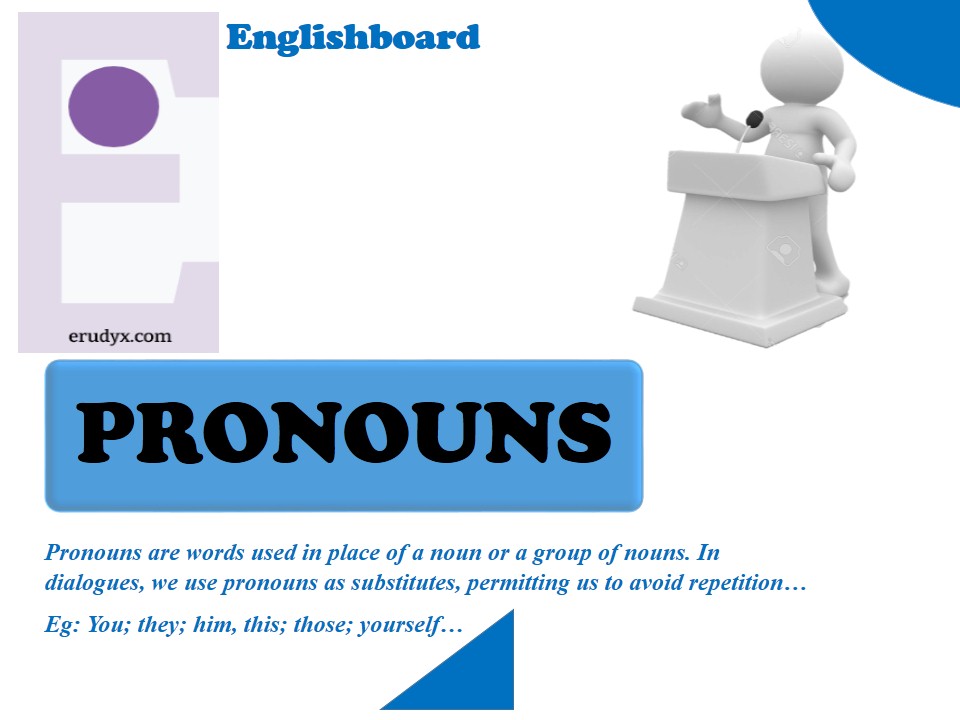



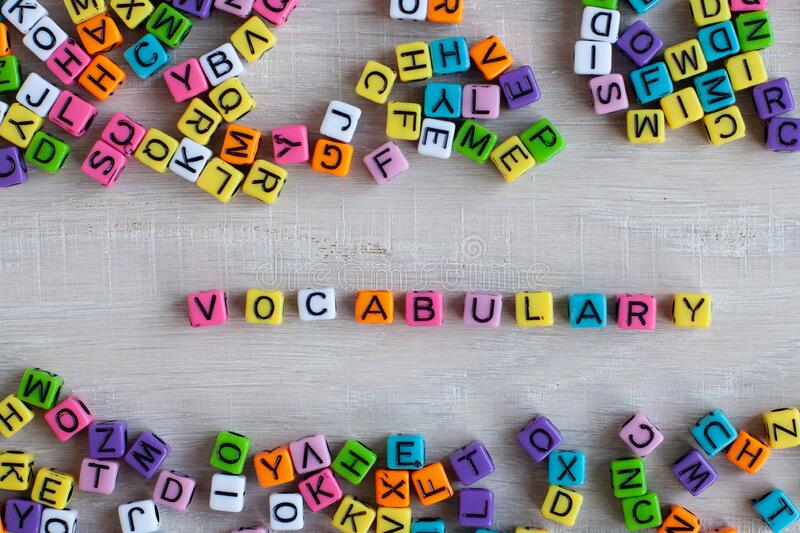
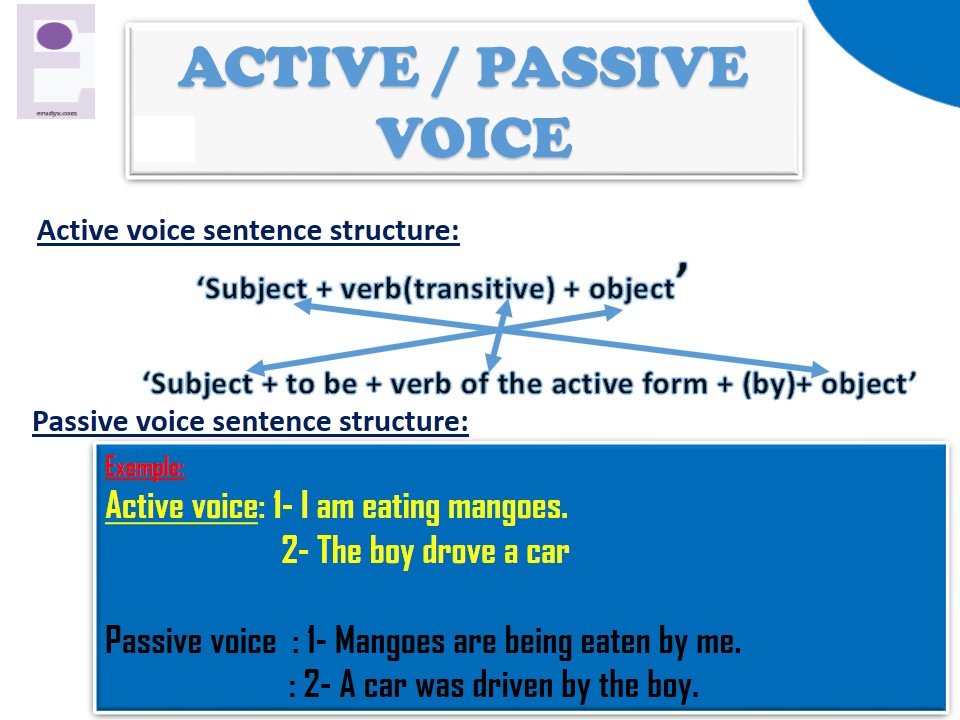
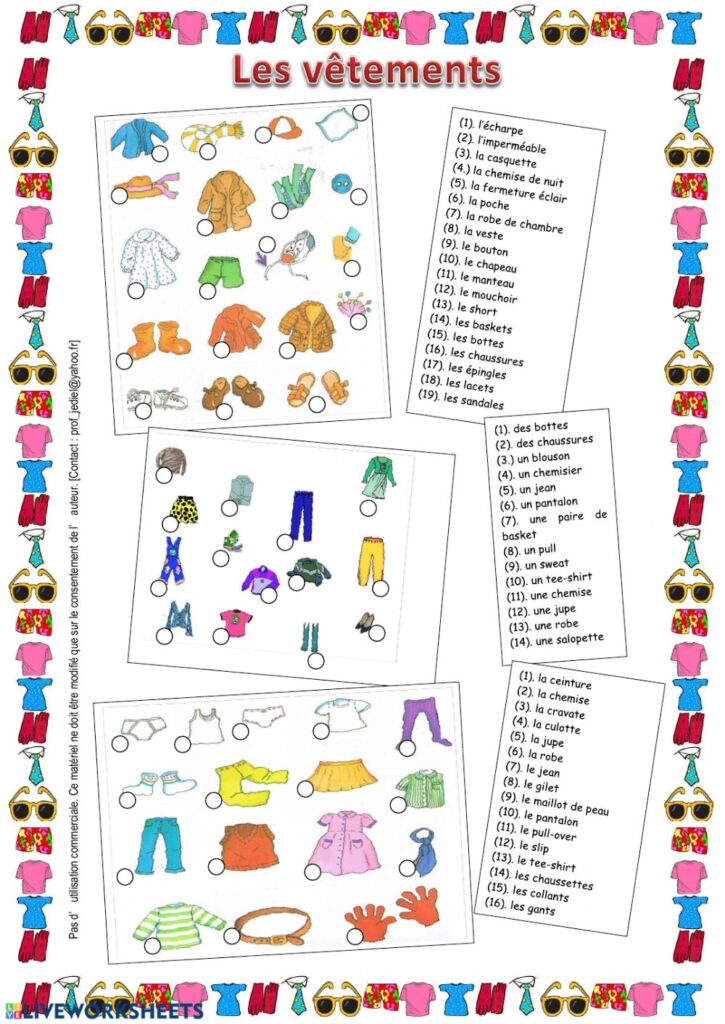

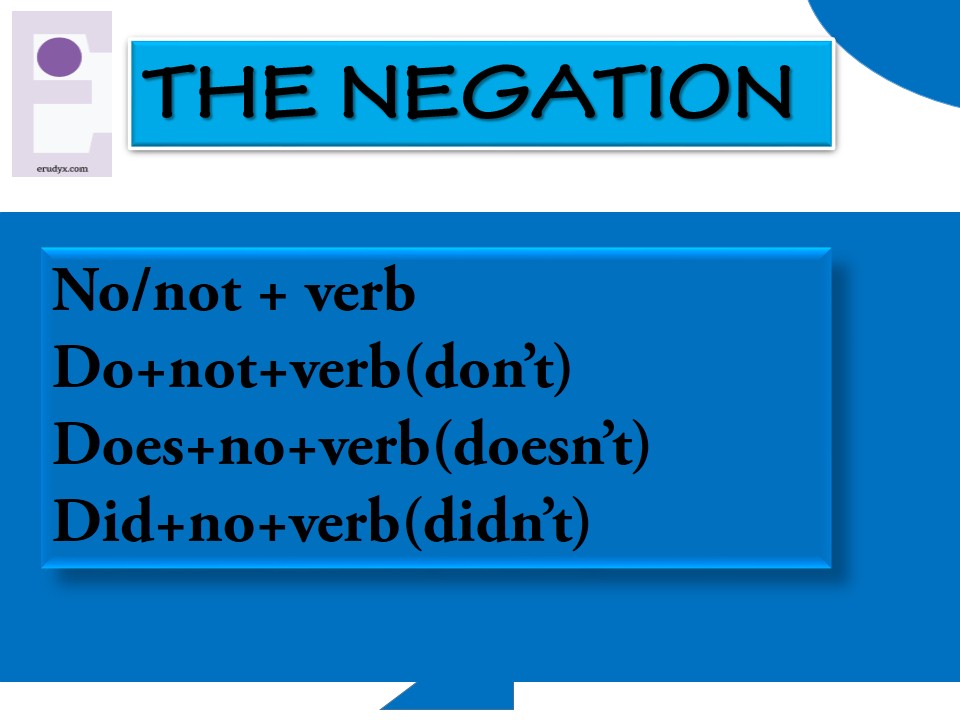
I A-They were going to farm this morning
B-The principal was calling them
II A-Himself
B-them